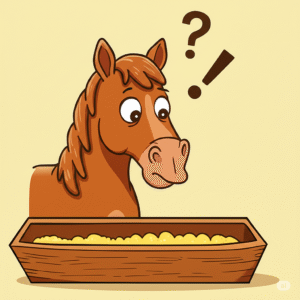The History of Beer II – Classical Antiquity: The Germanic Peoples
In the 21st century, the Germans are renowned for their beers. Their purity laws which we will look at later are famous worldwide. Reviewing historical evidence shows that the Germanic peoples1 have a long and evidently enduring interest in the fine art of brewing.
In the late 1st century CE, Tacitus, the Roman historian wrote of their use of barley and wheat to make their libation of choice. Further archaeological findings show that this practice was widespread across Northern Europe, as well as providing evidence for the even earlier existence of “Nordic Grog” which, much like other early beers, was made using local fruits (berries), honey, and herbs. Even cranberries appear to have been used to flavour beer long before they besmirched Wensleydale.
Sticking with flavourings, it seems that juniper berries preceded hops in Northern Europe; ORA has revealed traces of juniper in grogs from as long ago as 1100 – 500 BCE. Although we saw some evidence for the use of hops by the Celts, it really wasn’t until 800 CE that we saw their use again, and they certainly weren’t widely used until 1100 CE or even later.
Hops are often used for their preservative properties, but it seems that like the Egyptians before them, Germanic brewers were aiming for speed over longevity. With metal cauldrons being rare and expensive, beer was typically made in wooden troughs, and therefore not boiled. This type of brew is referred to as “farmhouse ale”2, but I personally prefer the term bathtub beer.

Tacitus again showed his Roman biases when he wrote De Origine et Situ Germanorum about Germanic life. When it came to beer, he did not hold back, his kindest words are to describe it as having “a certain resemblance to wine”, but he also portrayed it as “spoiled” or “rotten” in flavour and aroma. Cultural biases like these persist to this day. Whilst many people across China find the aroma of Mao Tai enticing, I have heard it described as smelling of “pickled piggie penis” by a rather forthright Scot, and for every Taiwanese who looks forward to a plate of chou doufu, I know a non-Taiwanese who will assert that the literal translation of the name (stinky tofu) does not go far enough to fully capture its putrid scent.
Beyond his obvious disdain for their drink of choice, Tacitus also felt it necessary to draw attention to the quantity of it that the Germanic peoples consumed, implying that heavy drinking was a core tenet of their society and disposition.
If we turn to later, but related groups such as the Anglo-Saxons who were of Germanic descent, we see the emergence of two distinct types of brew. Everyday ale, ealu, which had a low-alcohol content similar to small beers, and stronger feasting beer, bēor, indicating that people recognised the need for different beers in different situations. While water was drunk, ale was normally the daily drink of choice; not only was it more nourishing, but it was also safer too. Meanwhile the consumption of bēor was somewhat more special.

Bēor was the Champagne of its day, associated with high-status drinking, revelry, and major feasts. It was drunk from ornate horns by the rich and powerful, who also liked to be buried with their favourite vessels. Shared drinking was more than just a way to pass the time, it formed an important social glue, binding warriors to their leaders, and fomenting camaraderie. Specific brews were made for occasions including weddings and funerals, tales were told, drinks were shared, and social structure was cemented. As is so often the case, while the men drank, the women tended to serve them, but that is not to say that this role did not come without a certain level of soft power, influencing the actions of the men who ostensibly in charge.
A brief recap:
Before we move onto medieval Europe, let’s take one last look at Classical Antiquity. While beer has often been treated as second-class citizen in historical writings, this is most likely the result of the cultural biases of the writers, most of whom were members of the Mediterranean elite. In actuality, beer was a pervasive and culturally significant beverage across Europe. It was a source of sustenance, a system of payment, a social lubricant, a social glue, and a symbol of status. While the archaeological, historical, and linguistic evidence is still open to debate, we see a diverse pattern of brewing traditions across Europe, where, over time, early fermented beverages and methodologies become more refined. As we continue our journey, we will see how these refinements continued and still continue to this day.
- Germany as a country wasn’t founded until 1867 ↩︎
- Farmhouse ales and Nordic brewing traditions are a fascinating topic on their own. Space does not allow me to go into them in more detail here, but I strongly recommend you look at Mika Laitinen’s site Brewing Nordic for more information. ↩︎




